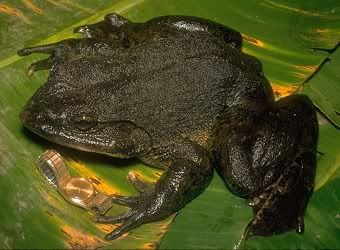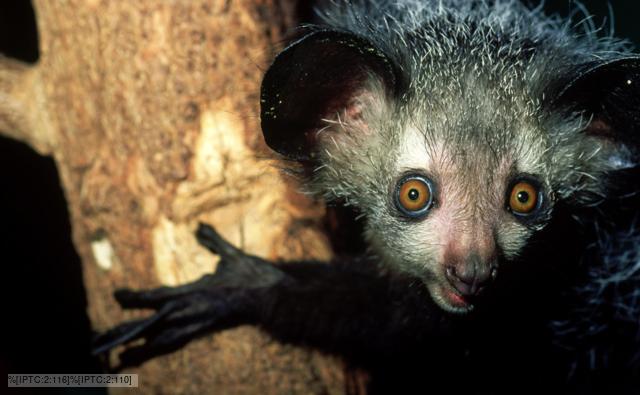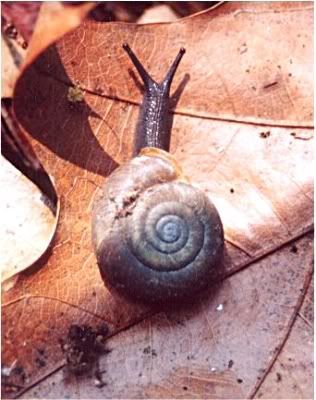The following post was written by my girlfriend. She volunteered to write an ugly bird post, and I was more than glad to let her.
--Garfman
For the most part, birds are not considered to be terribly ugly. After all, they tend to be the object of many an extended metaphor involving ethereal instances such as flight and dazzling color elements. However, these correlations only extend to the surface of the animal. Humans mostly attracted to avian organisms with distinctions such as “songbird”, birds noted for their song or “parrots/parakeets,” which are noted for their plumage and ability to cross the border of “human speech.”
Never mind the sanitation officers of the avian world.
 |
| Image from National Zoo |
Condors serve the biological niche required of them by being scavengers. The Andean Condor (
Vultur gryphus1) is perhaps the most perfect example because they are known for being traditional scavengers. Their feet have blunt claws, unlike their cousin, the California condor (which has sharper claws and is known to hunt). In fact, the only time they hunt is in extreme cases, where they stalk, at a minimum, newborn or sickly creatures. On the menu for the average condor are assorted ungulates, sea bird eggs, and various rodents.
With a hideous head-crest and a fleshy comb on the males that rivals the common rooster, they can be considered rather “ugly.” However, these magnificent birds have the unique distinction of being one of the largest flying birds with an 11-foot wingspan and a body length of 43-51 inches. It is the only New World vulture/condor that is sexually dimorphic; the female is smaller at 17-24 pounds, sport garnet colored eyes, and lack a comb, while the male is 24-33 pounds with brown eyes. Both birds have rather “boring” plumage—black with white patches on the wings and neck.
They mate for life (huzzah) and lay a single egg per term directly on rock ledges or the cave. The incubation period lasts 54-58 days and the chick is raised for 1 ½ to 2 years. Due to the fact that they are sexually viable at six years, breeding and repopulation efforts face the issue of time.
Andean Condors inhabit South America (the Andes Mountains of South America from Venezuela to the islands of Tierra del Fuego in the Strait of Magellan), and due to hunting and poisoning, less than 3,000 exist in the wild. They used to frequent the northern portion, but there are as few as 75 birds in the area. Condors are not evasive and do not threaten farms—although it is due to misconceptions that these birds were killed to the point of being threatened. Conservation efforts do exist, however. Most zoos have breeding programs and raise condor chicks using a “puppet method” with the purpose of releasing them into the wild for repopulation. Personally, I would recommend viewing the webpage of the
Cleveland Metroparks Zoo; they offer clear information and are very accessible to those of the younger age (side note: the younger one is aware, the more likely one will develop empathy for all living things).
1Being an English major, I had to include this bit of language eye candy: “The scientific name comes from the Latin words vultur and vello, meaning to pluck or tear and refers to its feeding habits and gryphus means a griffon and refers to the hooked bill. The common name refers to the bird’s range in the Andes Mountains.”




